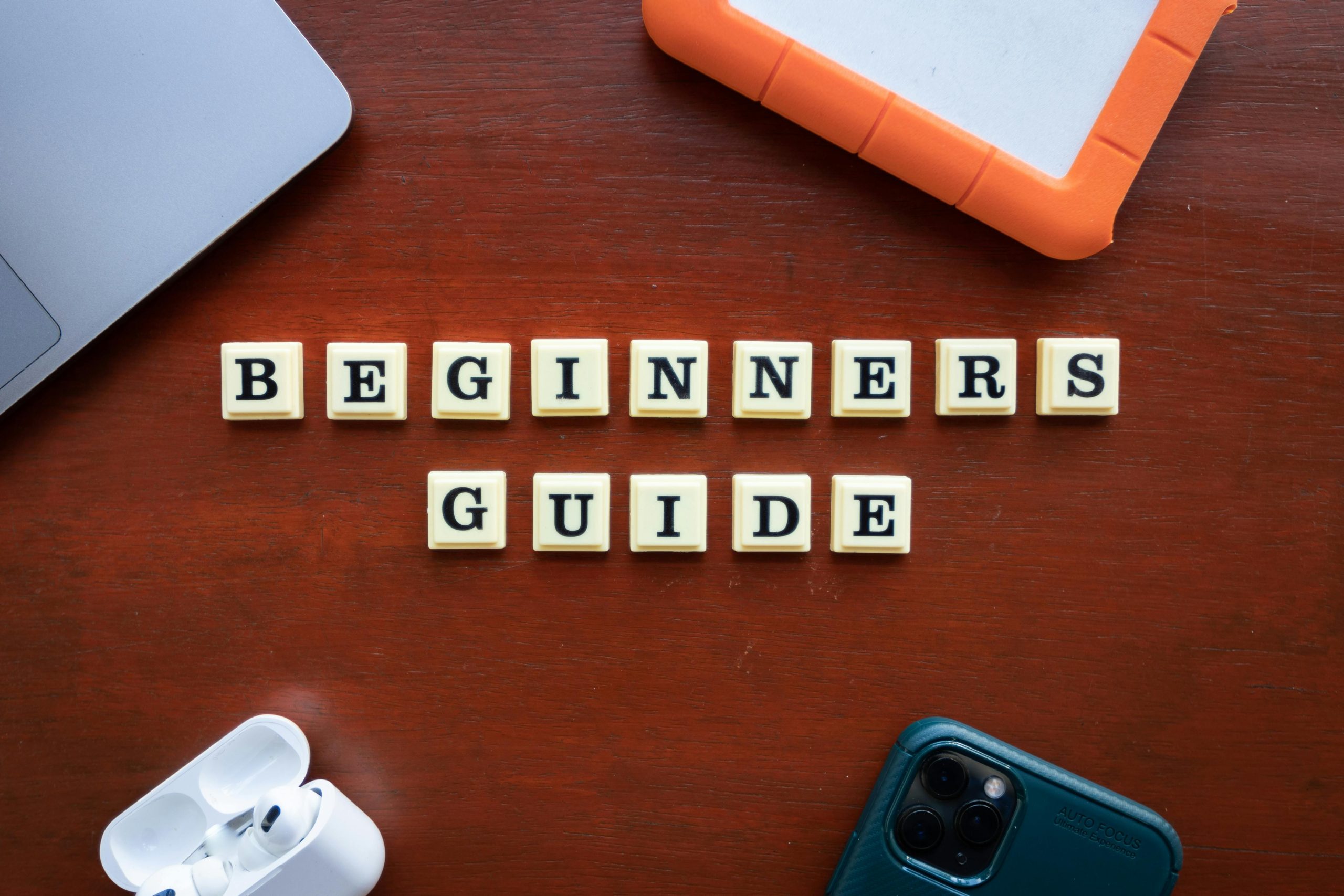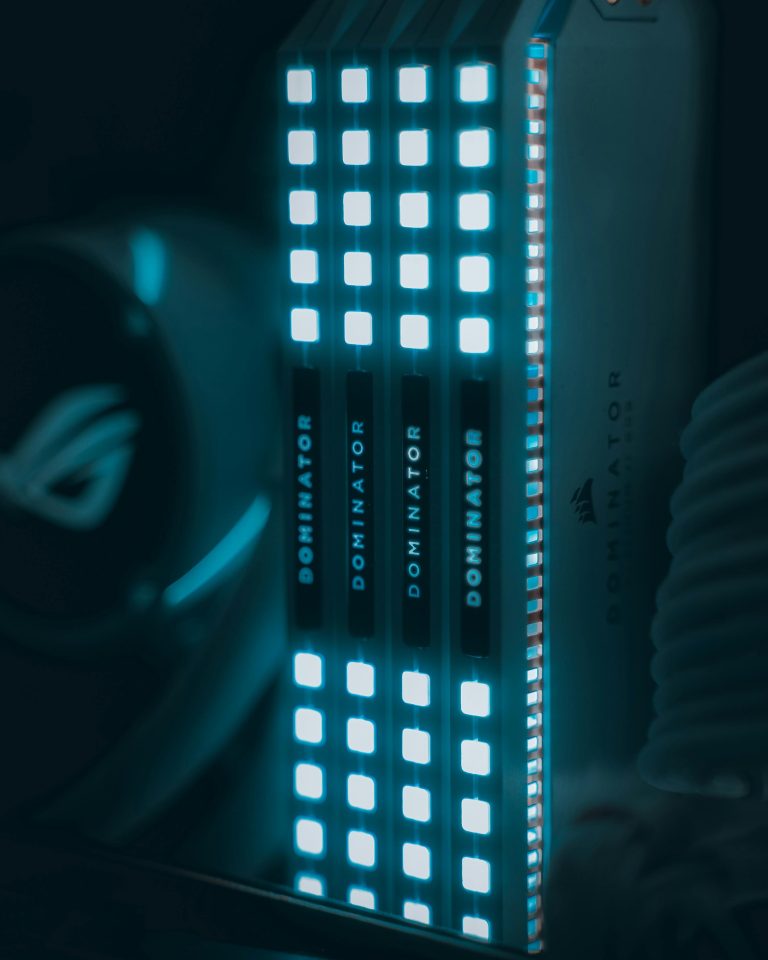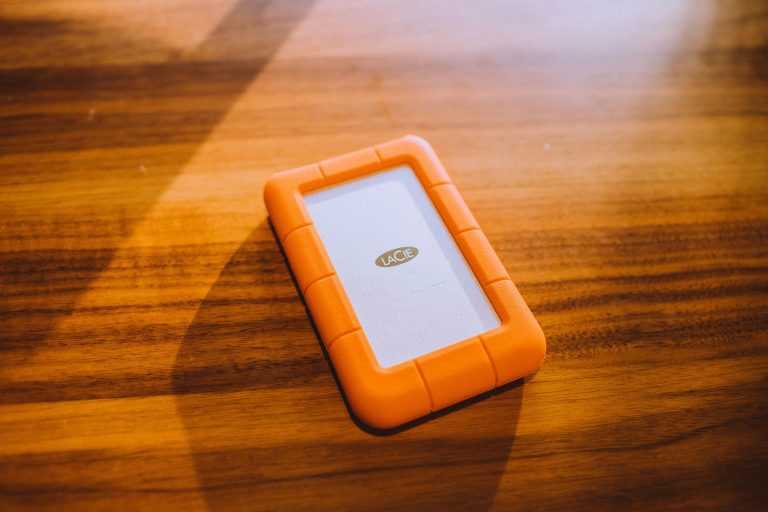
Laptops are essential tools for work, school, and entertainment, but they can sometimes run into frustrating issues. Whether your laptop is running slow, won’t turn on, or has a glitchy display, many common problems have simple fixes. This beginner-friendly guide will walk you through troubleshooting steps to resolve these issues without needing professional help. Let’s dive into the most common laptop problems and how to fix them.
1. Laptop Won’t Turn On
If your laptop refuses to power up, don’t panic. Here’s how to diagnose and fix the issue:
Check the Power Source
First, ensure your laptop is receiving power. If it’s plugged in, verify that the power adapter is securely connected to both the laptop and the outlet. Try a different power outlet or charger to rule out electrical issues.
Remove the Battery (If Possible)
For laptops with removable batteries, take the battery out, hold the power button for 15-20 seconds to drain residual power, then reinsert the battery and try turning it on again.
Look for Indicator Lights
If the laptop shows no signs of life but has a blinking or solid light, consult the manufacturer’s manual—this could indicate a hardware issue like a failed motherboard or RAM.
2. Slow Performance
A sluggish laptop can be incredibly frustrating. Here’s how to speed things up:
Close Unnecessary Programs
Too many open applications can overwhelm your system. Open the Task Manager (Ctrl + Shift + Esc on Windows or Activity Monitor on Mac) and close programs you’re not using.
Free Up Storage Space
Low disk space can slow down your laptop. Delete unused files, clear your browser cache, and uninstall programs you no longer need.
Upgrade Your Hardware
If your laptop is still slow, consider upgrading the RAM or replacing the hard drive with an SSD for a significant performance boost.
3. Overheating Issues
Overheating can cause performance drops or sudden shutdowns. Here’s how to keep your laptop cool:
Clean the Vents
Dust buildup in the cooling vents can block airflow. Use compressed air to gently clean the vents and fans.
Use a Cooling Pad
A laptop cooling pad can help improve airflow and reduce overheating, especially during intensive tasks like gaming or video editing.
Check for Background Processes
Some programs run in the background and consume excessive CPU power, generating heat. Use Task Manager to identify and close these processes.
4. Wi-Fi Connectivity Problems
If your laptop struggles to connect to Wi-Fi, try these fixes:
Restart Your Router and Laptop
Sometimes, a simple restart can resolve connectivity issues. Turn off your router, wait 30 seconds, then turn it back on. Restart your laptop as well.
Update Network Drivers
Outdated or corrupted network drivers can cause connection problems. Go to Device Manager (Windows) or System Preferences (Mac) to check for driver updates.
Forget and Reconnect to the Network
If the Wi-Fi is unstable, remove the network from your saved connections and reconnect by entering the password again.
5. Unresponsive or Frozen Screen
A frozen laptop can be alarming, but these steps might help:
Force Restart
Hold down the power button for 10-15 seconds to force a shutdown, then turn the laptop back on.
Check for Software Updates
Outdated operating systems or drivers can cause crashes. Ensure your laptop is running the latest updates.
Run a Virus Scan
Malware can cause system instability. Use a trusted antivirus program to scan and remove any threats.
Conclusion
Laptop problems can be frustrating, but many issues have simple solutions. By following these troubleshooting steps, you can often resolve common problems without professional help. If your laptop still isn’t working correctly after trying these fixes, it may be time to consult a technician. Regular maintenance, such as cleaning vents and updating software, can also prevent many issues before they start. With a little patience and know-how, you’ll keep your laptop running smoothly for years to come.



